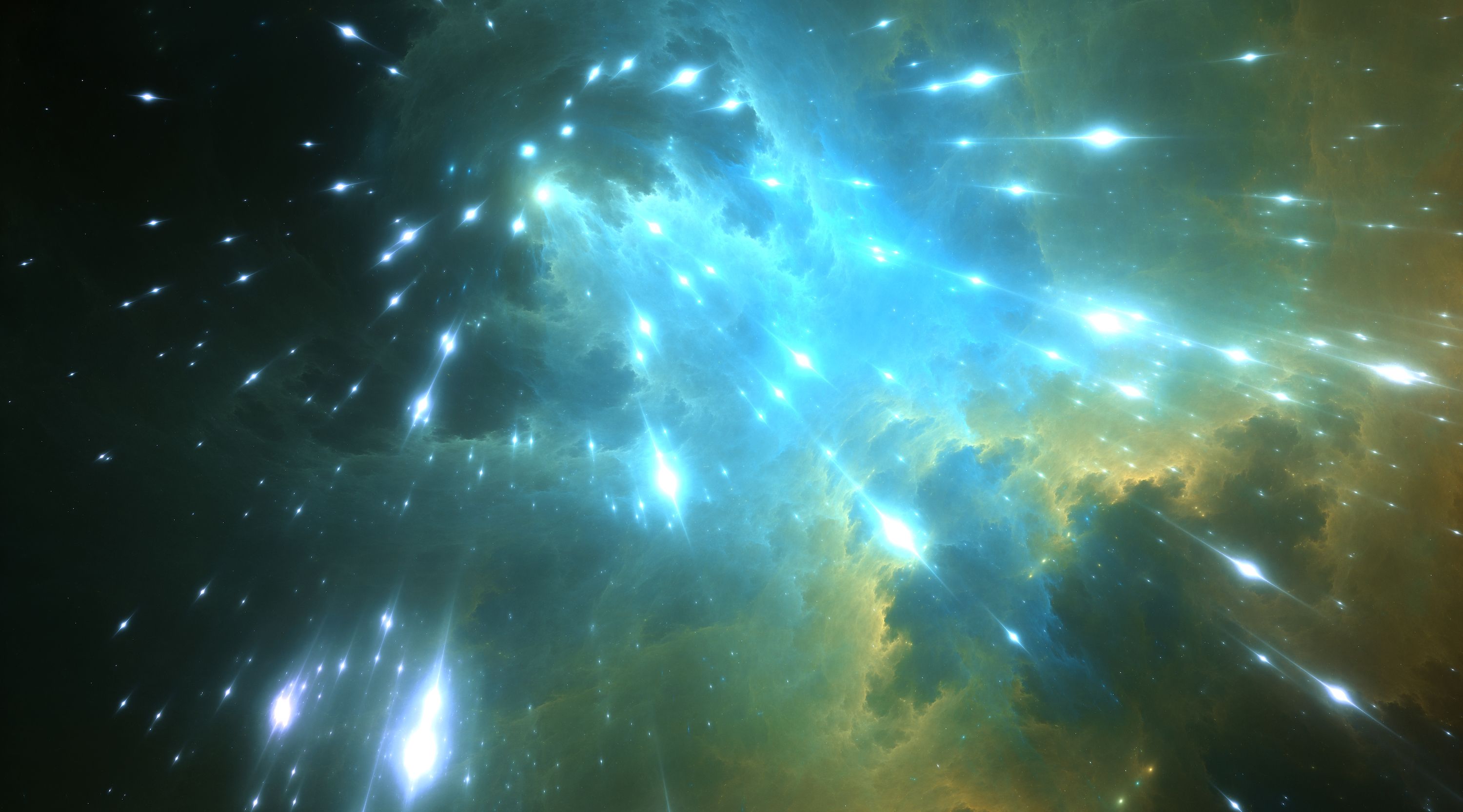Cosmic-ray 'GPS' system that tracks underground movement could change the way we respond to disasters
A new system that uses subatomic particles produced high in Earth's atmosphere could provide a view inside volcanoes and help locate people trapped beneath rubble.

Scientists have harnessed the byproducts of cosmic rays to create the world's first "GPS" system that works underground — and it could be used to monitor volcanoes and aid in future search-and-rescue missions.
The new positioning system, named the muometric wireless navigation system (MuWNS), scans for ghostly and ultrafast subatomic particles called muons to triangulate the position of a receiver buried deep beneath the ground.
What's more, the researchers say the tech can be miniaturized to fit inside devices such as smartphones. They published their findings on June 15 in the journal iScience.
Related: Cosmic rays pose dangers to frequent flyers. This radiation detector could help.
"Indoor navigation systems can serve many practical purposes, including for human transportation navigation guidance systems, pinpointing the location of a missing person for emergency rescue and automated robot operation in factories as well as navigation through mines and underground facilities," first-author Hiroyuki Tanaka, a professor of geophysics at the University of Tokyo told Live Science. "However, GPS is unavailable in these environments. GPS signals are weak and easily blocked by a small obstacle."
When cosmic rays — high-energy particles produced by the sun, stellar explosions called supernovas and mysterious sources outside our Milky Way galaxy — smash into Earth's upper atmosphere, they break into showers of particles that eventually decay into muons. Similar to electrons in their structure but 207 times as heavy, roughly a million muons zip harmlessly through our bodies at near-light speed every night.
Unlike GPS, which is weaker at higher altitudes and gets scrambled underground, only some muons are stopped by solid objects — which absorb more of them the more solid they are. This has enabled scientists to harness the constant cosmic downpour to map the interiors of otherwise inaccessible places, such as pyramids, volcanoes and the fiery hearts of nuclear reactors.
Get the Space.com Newsletter
Breaking space news, the latest updates on rocket launches, skywatching events and more!
A previous version of MuWNS, called the muometric positioning system (muPS), was created by the researchers to detect seafloor changes caused by tectonic or volcanic activity. Much like GPS triangulates with satellites in the sky, muPS consisted of four surface-level reference stations through which muons would pass before arriving at a receiver station on the ocean floor.
To take into account the travel time of the muons between the reference stations and the receiver, the researchers connected the five detectors with wires so they could communicate the time difference between them.
To move away from cumbersome wires, the researchers came up with a new solution for the time lag using high-precision quartz clocks, synchronizing the reference stations to the receiver with GPS before it was taken underground.
"The receiver detector and the reference detectors are connected to GPS first to synchronize," Tanaka said. "These detectors are eventually separated from GPS for navigation. Each detector is equipped with a precise local clock — in this case, an oven controlled crystal oscillator — which doesn't drift so widely within a short [period of time]. Therefore, these are practically synchronized for a while."
Then, to test their system's ability to triangulate, the researchers placed four reference detectors on the sixth floor of a building and gave a receiver detector to an individual in the building's basement. By scanning for the cosmic rays picked up by the detectors and the receiver, the researchers reconstructed the route the basement navigator had walked.
With the new technology successfully demonstrated, the next steps will be to streamline it so that it can be incorporated into smartphones.
"The receiver's detector size will be a chip scale," Tanaka said. "We don't need precise time synchronization either; hence the atomic clock is not needed anymore. Therefore, it is definitely possible to fit [in] smartphones."
Join our Space Forums to keep talking space on the latest missions, night sky and more! And if you have a news tip, correction or comment, let us know at: community@space.com.

Ben Turner is a U.K. based staff writer at Live Science. He covers physics and astronomy, among other topics like weird animals and climate change. He graduated from University College London with a degree in particle physics before training as a journalist. When he's not writing, Ben enjoys reading literature, playing the guitar and embarrassing himself with chess.










